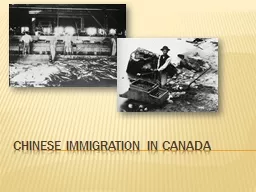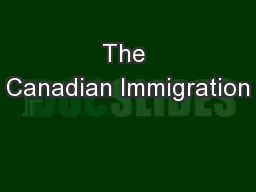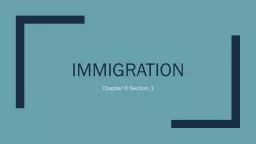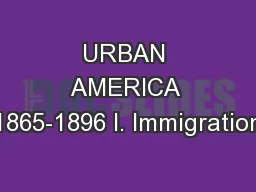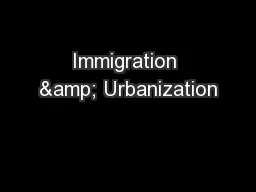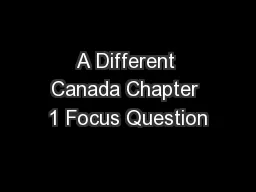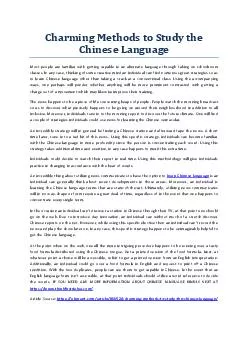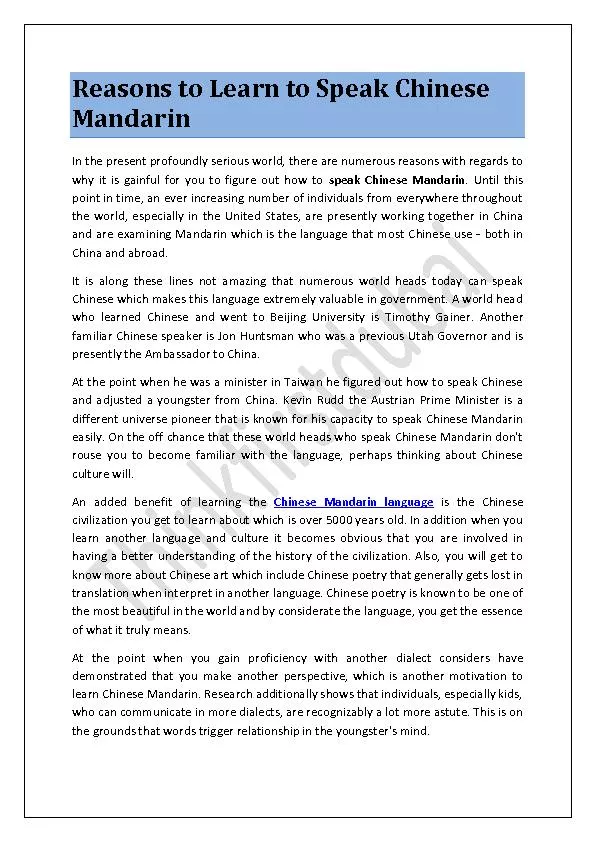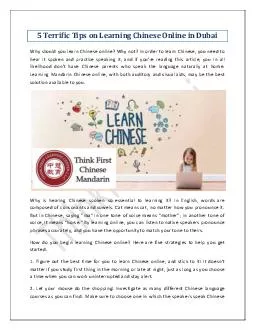PPT-Chinese Immigration in Canada
Author : kinohear | Published Date : 2020-06-24
Push factors There was a large population increase which lead to shortages of food The shortages of food lead to not enough farmland and jobs There were also many
Presentation Embed Code
Download Presentation
Download Presentation The PPT/PDF document "Chinese Immigration in Canada" is the property of its rightful owner. Permission is granted to download and print the materials on this website for personal, non-commercial use only, and to display it on your personal computer provided you do not modify the materials and that you retain all copyright notices contained in the materials. By downloading content from our website, you accept the terms of this agreement.
Chinese Immigration in Canada: Transcript
Download Rules Of Document
"Chinese Immigration in Canada"The content belongs to its owner. You may download and print it for personal use, without modification, and keep all copyright notices. By downloading, you agree to these terms.
Related Documents

